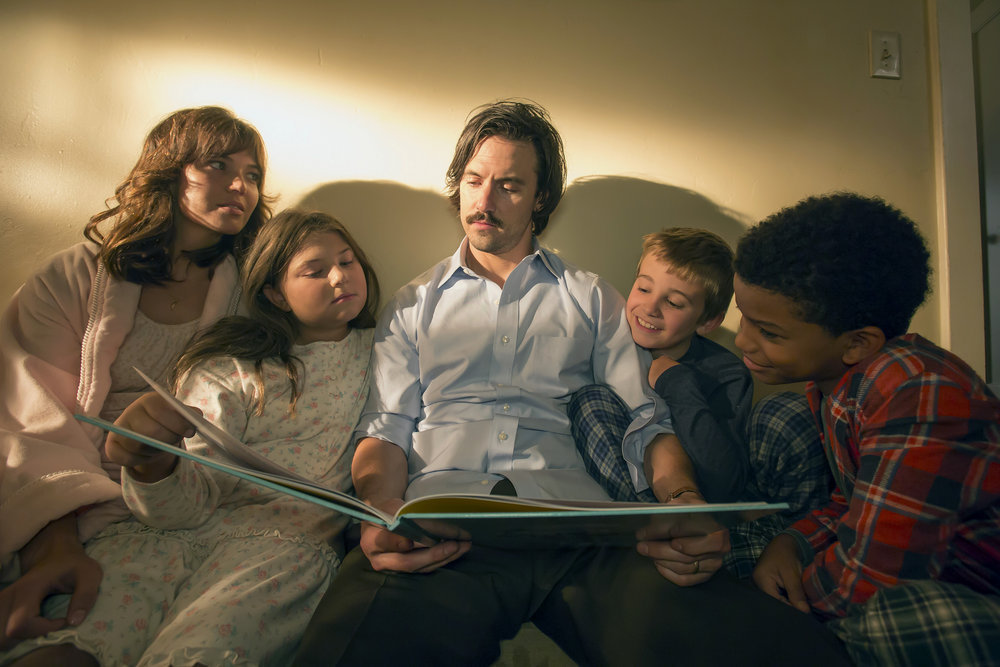10. Dark Nights: Metal
Written by: Scott Snyder
Art by: Greg Capullo (Penciler), Jonathan Glapion (Inker), and FCO Plasciencia (Colorist)
There wasn't any other series this year as unabashedly afraid to embrace the inherent silliness of comic books and take it to it's logical extremes. From giant Justice League robots to Plastic Man eggs, Metal totally works as a love letter to the wider DC universe, and is easily the most fun I've had reading an event from either of the big two publishers.
Best Issue: Issue #2 is a thrilling issue-long chase that culminates in a final cliffhanger with the reveal of the titular Dark Knights: seven evil Batman, each based off a different member of the Justice League.
9. The Defenders
Written by: Brian Micheal Bendis
Art by: David Marquez (Penciler/Inker), Justin Ponsor (Colorist), Cory Petit (Letterer)
In spite of his leaving for DC being largely abrupt, The Defenders feels a lot like a mic drop from Bendis, with him taking the chance to make his final Marvel book a tribute to the characters that made him the megastar he is. It's full of the classic Bendis wit and love for plot twists, but with the added combo of absolutely incredible art from Dave Marquez, who fills the series's fight scenes with dynamic movements and color that it makes the series exciting even during more expository bits.
Best Issue: #7 contains a knock-down, drag-out brawl between Elektra and Iron Fist, and is then followed by an interrogation scene between her and Daredevil. Basically, it's Bendis and Marquez boiled down to their simplest components, enabling them to shine brightest.
8. Doom Patrol
Written by: Gerard Way
Art by: Nick Derington (Penciler/Inker), Tamra Bonvillan (Colorist)
In many ways the closest thing the Young Animal line has to a flagship title, Way and Derington's reboot of the cult classic Doom Patrol is both a return to the title's oddball roots and a celebration of the massive continuity of the series. Doom Patrol is quirky (to say the least), but it never stops trying to take the reader on a journey with each new issue. It's oddly sweet in it's take on the power of good storytelling, and Derington's art makes everything pop with vibrant joy.
Best Issue: #6, the conclusion to the first arc, reunites the entire team for a high-stakes mission that grounds them in a real world just minutes from catastrophe. Tense, but still funny and entertaining.
7. All-New Guardians of the Galaxy
Written by: Gerry Duggan
Art by: Aaron Kuder (Penciler/Inker), Ive Svorcina (Colorist), Cory Petit (Letterer)
Relaunched just in time for the release of the (also very good) Volume 2, All-New somehow manages to stay new and fresh with the characters by diving deep into the heart of the Marvel cosmic. The Grandmaster, Collector, Novas, Darkhawks, nothing is off-limits to Duggan, who also offers new perspectives on the team. (My particular favorite is pacifist Drax, who often finds himself hurting and killing people by accident despite his best efforts.) It feels as paradoxical as the team often does, with intimate stories showcased over epic scenes and backdrops wonderfully done by Kuder, and (in the case of the series of issues each focused on individual members) the occasional guest artists. If you're a fan of the films, I'd say start here.
Best Issue: #5, which featured art by Chris Samnee, giving the story of Star-Lord's love of music a more simplistic feel and manages to combine the character's history with that of his film counterpart without feeling forced. The best in a set of one-shot stories.
6. God Country
Written by: Donny Cates
Art by: Geoff Shaw (Penciler), Jason Wordie (Colorist), John J. Hill (Letterer)
Arguably the work that put rising star (and now writer of both Doctor Strange and Thanos) Donny Cates, God Country is the simple story of a family struggling with an Alzheimer's ridden father that just so happens to be wielding a magic sword built by the last of the old gods. God Country feels so small, focusing on the entirely too-relatable issue of loss of a loved one, but also so large, as the last members of a pantheon attempt to retrieve the sword by any means necessary. Shaw's art reflects this, often playing the simple human designs off of the much more elaborate and Kirby-esque designs of the gods for comedic effect and the purposes of scale. It's funny, sad, scary, and often breathtaking.
Best Issue: #6, in which the entire story ends the only real way these stories can. Tragic, but not without a note of optimism.
5. The Unworthy Thor
Written by: Jason Aaron
Art by: Oliver Coipel (Penciler/Inker), Matt Wilson (Colorist), Joe Sabino (Letterer)
While Aaron's entire run on Thor has been fantastic, this particular miniseries deserves acclaim for telling a self-contained story in which the Odinson sees a chance at redemption when a new Mjolnir is located following him being deemed "unworthy" of picking up his old one. What ensues is a roadtrip that goes unexpectedly cosmic as Odinson and a few friends battle a variety of foes to reach the hammer. While it's certainly big in scale, what's most surprising is that it's often very funny, with particular joy coming from the appearance of Thori, a hellhound with a lust for blood and mead. It tells a full story, and even sets up a new mystery in the form of the War-Thor, another mysterious heir to the title of Thor.
Best Issue: #5, as Thor partakes in a brutal issue-long fight with the apparent big bad of the series and makes a choice regarding the new hammer.
4. Moon Knight
Written by: Jeff Lemire, Max Bemis
Art by: Greg Smallwood (Penciler/Inker), Jordie Bellaire (Colorist), Cory Petit (Letterer), Jacen Burrows (Penciler/Inker), Mat Lopes (Colorist),
Since the 2014 Warren Ellis reboot of the character, Moon Knight has had a series of consistently good runs by various writers, and the two we got this year were no exception. Firstly, there was Jeff Lemire and Greg Smallwood's brilliant and emotional take on Marc Spector's twisted psyche, which gave the hero's backstory a much more tragic spin while taking him on a journey to simply get sane, which ended in one of the most satisfying final pages in recent memory. After Lemire left, we were graced with the work of Max Bemis and Jacen Burrows, who brought Moon Knights back to his gothic horror roots by pitting him against a terrifying evil counterpart and potentially shaking the entire status quo even further. So stylistically different, but so great in their own rights.
Best Issue: For Lemire, it's
#14, which brings everything to a close, while Bemis has
#188, which almost works as a one-and-done horror comic as it introduces Moon Knight's new foe and the doctor that tries to help him, to disastrous results.
#3. Black Hammer
Written by: Jeff Lemire
Art by: Dean Ormston (Penciler), Dave Stewart (Colorist), Todd Klein (Letterist), David Rubin (Penciler/Inker/Colorist)
That's right, back-to-back Lemire. It should be odd, but when you've had as busy a year as Lemire has, you're bound to take up a few spots. In this case, Lemire and Ormston continued the mystery of a team of superheroes stuck in a small-town with no escape by filling in some of the blanks and fleshing out the characters more.
Black Hammer is entirely unlike any other superhero book on the shelves, choosing to focus much more on the people behind the masks and their struggles rather than pitting them up against any real baddies. It's brilliant slice-of-life work that just so happens to have characters like a talking robot and a gay Martian.
Best Issue: #9, which has beautiful work from guest artist David Rubin as we finally see the origin of the friendship of Walky Talky (the aforementioned robot) and Colonel Weird, a cosmic hero floating in and out of the inner workings of the universe. It's a deeply entertaining space story with a backdrop of tragedy.
#2. Kill or Be Killed
Written by: Ed Brubaker
Art by: Sean Phillips (Penciller/Inker), Elizabeth Breitweiser (Colorist)
The best crime comic on the shelves at the moment,
Kill or Be Killed expanded it's scope by pitting it's hero (if you can call a vigilante tormented by visions of a demon a hero) against both the NYPD and the Russian mafia. Brubaker is a master of tension, with each issue leaves us rooting for Dylan to succeed against overwhelming odds, while Phillips gives the series a moody, claustrophobic feel reminiscent of the 70's thrillers the team is clearly evoking. Hollywood clearly loves it as well, as we're apparently going to be getting a film from
John Wick director Chad Stahleski, who seems like a perfect fit for this. Time will tell if he can bring it to the screen half as well as Brubaker and Phillips bring it to the page.
Best Issue:
#9, which finally brings the Russians to Dylan's attention with a brutal shootout in an alley that leaves Dylan (and the reader) breathless.
#1. Mister Miracle
Written by: Tom King
Art by: Mitch Gerads (Penciller/Colorist/Inker), Clayton Cowles (Letterer)
It's fitting that on the 100th birthday of genre-bending genius Jack Kirby that the best tribute to him would be a total deconstruction of what might be his most ambitious work, the New Gods saga. The latest from possibly the best writer in the industry at the moment, Tom King,
Mister Miracle, the story of master escape artist Scott Free and his wife Barda (better known to the world as Mister Miracle and Big Barda), opens with Scott bleeding out from a suicide attempt, and only grows darker and twistier from there. The entire series has a sense of dread throughout, be it because of the repeated "Darkseid Is." panels which warn of big bad Darkseid's influence or Gerards's art, which uses static effects and color distortion to make the audience question what exactly is real and what is simply a nightmare. What's most surprising about the series is it's handling of genre, veering from Lynchian horror to dark comedy to romance to war without ever feeling like a major shift. Honestly, is there anything Tom King can't do?
Best Issue: My favorite issue is actually
#6, but that came out this year so it's disqualified, meaning
#4, in which Scott is put on trial by his brother Orion for apparent treason. It's a handful of people sitting in a room talking, but it's probably the deepest issue emotionally and has the most to say about Scott's upbringing in a deeply personal fashion.




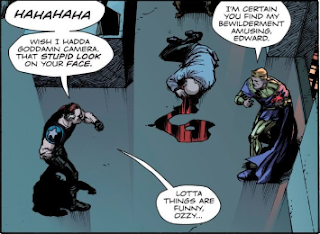
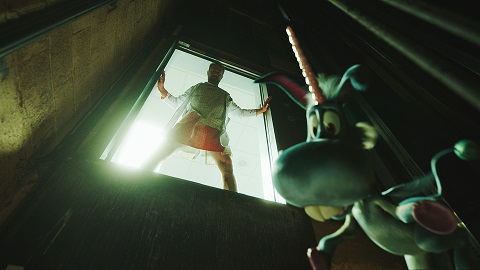



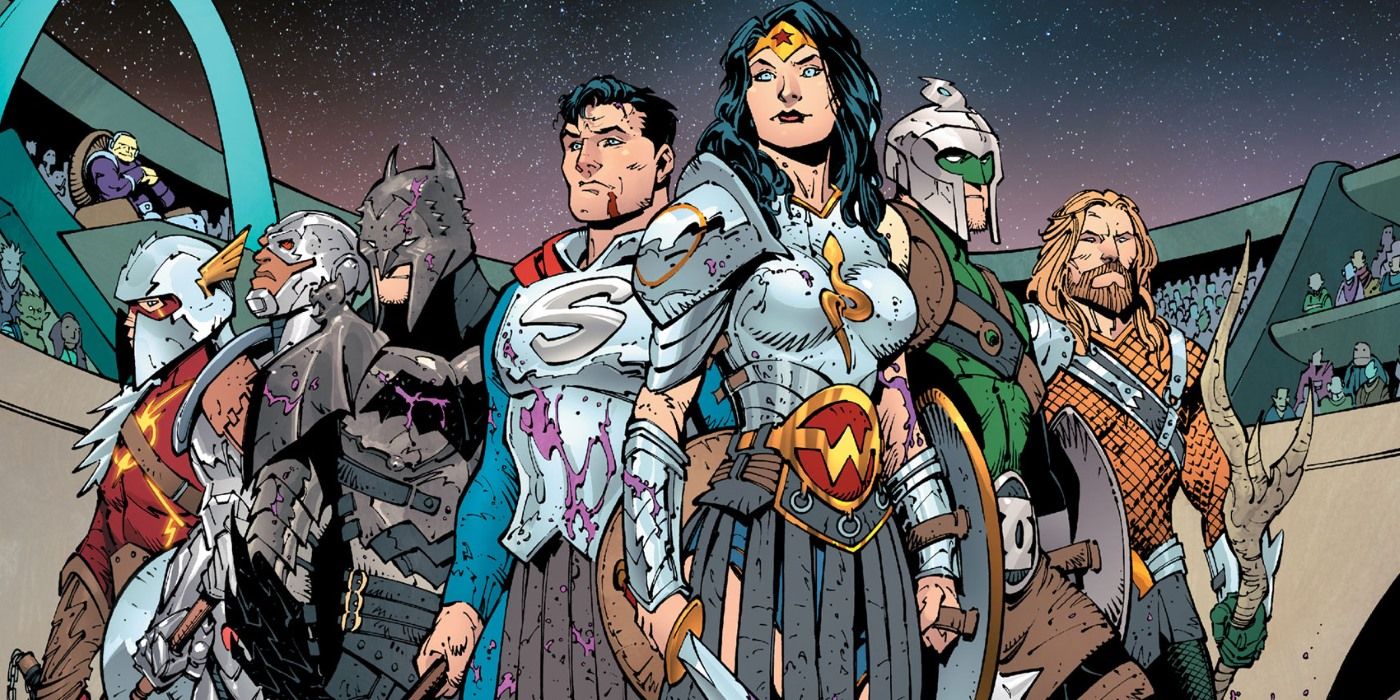


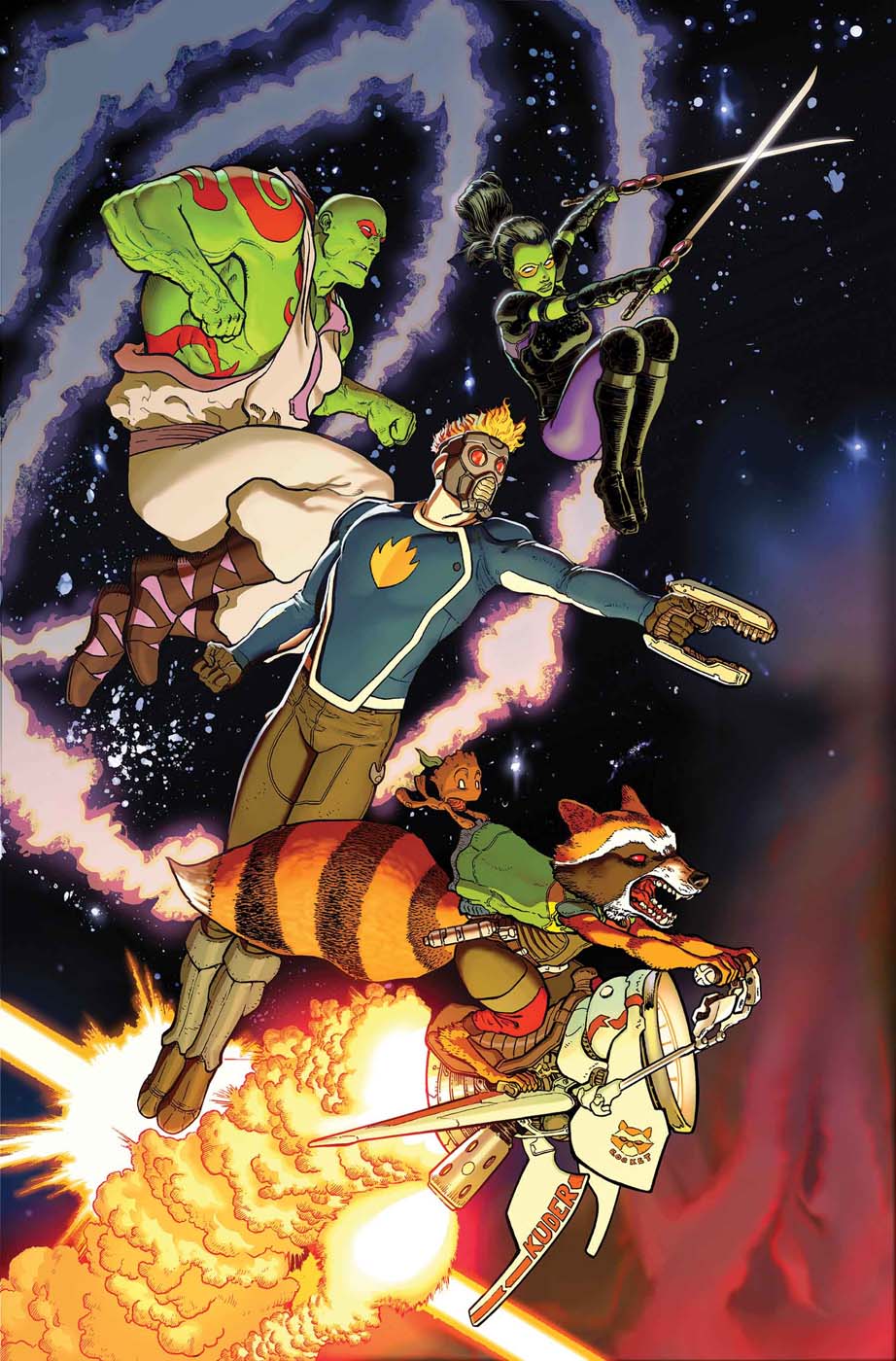







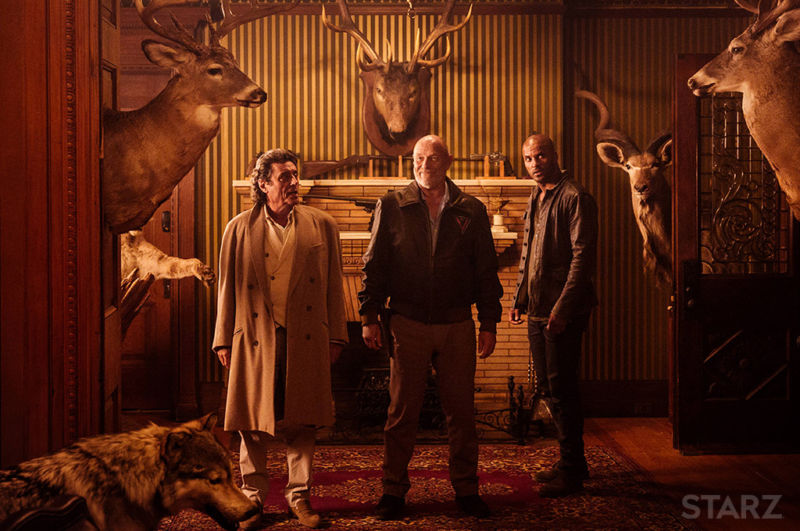

/cdn.vox-cdn.com/uploads/chorus_image/image/57582001/MV5BZWRlZGU1NmMtYmU0ZS00ZjEzLTk1MDItYmJmMmM3ODZlY2NlXkEyXkFqcGdeQXVyNzEzNzY1Nzc_._V1_.0.jpg)
